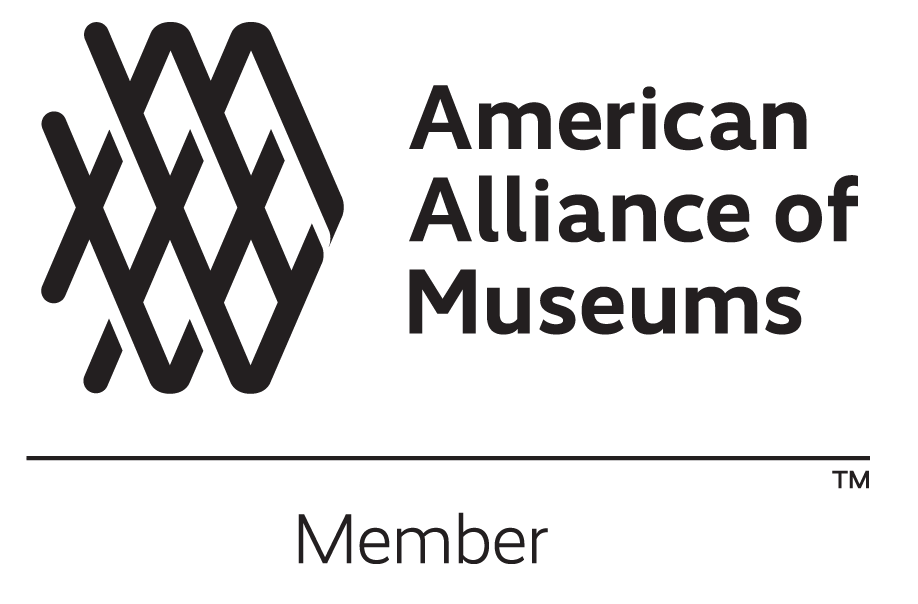Evacuation Day: What It Is and Why It Matters
by Allie Delyanis & Mary Tsaltas
This year, New York City celebrates the 236th anniversary of Evacuation Day. On November 25th, 1783 the last of the British militia and those loyal to the British Empire were ordered to evacuate New York City.
Since 2009, New York City tour guide Fred Cookinham has lead the museum’s annual Evacuation Day Walking Tour. The tour, offered on the Saturday and Sunday closest to Evacuation Day, starts at City Hall Park and ends at Fraunces Tavern, tracing the footsteps of General Washington and the Continental Army’s triumphant return to New York City after nearly a decade of British occupation.
To dive deeper into what the tour has in store, we asked Fred a few questions about himself, the tour, and the importance of Evacuation Day.
Tell us a little about yourself and your background.
I have a bachelors in American History from Cortland State College, 1976 and a masters from Brooklyn College, 1987. I have been a licensed NYC tour guide since 1996 and have been giving Revolution-themed tours since that time. I also give docent tours at the Morris-Jumel Mansion.
Why is it important for 21st century New Yorkers to learn about Evacuation Day?
The Evacuation was going on gradually over the whole British occupation, especially in the year leading up to the day itself. That's why I refer to 1783 as the Evacuation Year. This had been an occupied city, under martial law, for seven long years. No shipping, no law courts, no trash removal, and the schools and colleges were closed. Two major fires scorched through the city - the first one in 1776, where one fifth of the city burned down in September 1776, and another one, this time on the waterfront, in 1778. Churches were used by the Redcoats for prisons, stables and hospitals. When all that came to an end, New York City began rebuilding. The population started to grow by leaps and bounds, and it never stopped.
What can people expect to learn on the tour that might not be in history books?
Evacuation Day - Parade of First Division, New York State Militia. Alfred R. Waud for Harper's Weekly. Collection at Fraunces Tavern Museum
There is a lot of human drama in the story of the occupation and its sudden end. I paint a picture of the Loyalists yelling and crying in anguish in front of City Hall on Wall Street, as the news is read from the balcony that the King has given up the war and will evacuate his troops and recognize American independence. People tore the epaulets from their Loyalist militia uniforms and stamped them underfoot. There were suicides. These people were New Yorkers, too. New York Province was their country. They did not want to flee their own country, but they knew they would face reprisals from the returning rebels.
Tell us a little bit about the tour.
The point of this tour is tell the story attached to every site we visit. Visitors enjoy seeing the flagstone outline of the British barracks in City Hall Park. I show them the outline and explain that this was the site of a building twenty feet wide and 300 feet long. These days, you must be sure that Alexander Hamilton gets mentioned. He returned to his adopted hometown even before the British left and started his law practice. He would have watched, from his house at 57 Wall Street, General Washington, riding up Wall Street, leading his troops, on Evacuation Day.
Washington’s Triumphal Entry into New York, Nov. 25, 1783 by Christian Inger (after F.O.C. Darley), 1860, Lithograph, 1982.01.001, Collection of Fraunces Tavern Museum
What is your favorite stop on the tour?
My favorite stop on the tour is the sculpture of George Washington at Federal Hall National Memorial. Everyone assumes that sculpture portrays Washington at his inauguration as president on that site in 1789, but it was put up in 1883 for the centennial of Evacuation Day. I explain how the artist suggests [Washington] on both Evacuation Day and at his inauguration.
What is the connection between Fraunces Tavern and Evacuation Day?
The Evacuation Day tour ends at Fraunces Tavern. During the Evacuation year, you would have seen, on one day per week, a line of escaped slaves applying for certificates good for passage on the British evacuation ships to Halifax. On another day of the week, you would see a line of slave owners applying for the return of their escaped slaves. And on Evacuation Day itself, you would see George Washington being hosted there for dinner by New York State Governor George Clinton, followed a few days later by Washington’s famous farewell toast in the Long Room.
How has the relationship between the British and the United States evolved since the Evacuation?
I see Evacuation Day not as a victory over the British, but as the day the process of reconciliation began between the US and Britain. I think Evacuation Day marks the beginning of one of the greatest alliances the world has ever known.
Why do you like the Revolutionary Period in American History?
Because there is so much of it here in New York City! Most Americans do not know that New York City was what the Revolutionary War was all about. Most of the war revolved around the British taking and holding this city and vicinity, and General Washington spending the whole rest of the war trying to get it back. New York City was the British headquarters for all army and navy operations in North America and the adjacent seas, and when they evacuated the city, the war was over.






